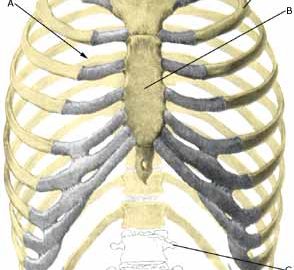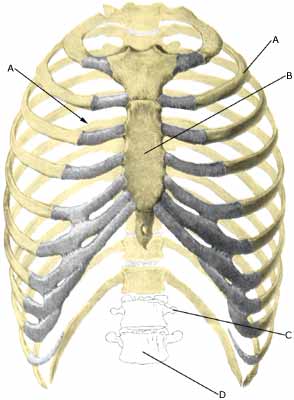RIB FRACTURE
|
||
|
||
| Cause: Blows or repeated forceful loads (i.e. golf) can cause a fracture of the ribs (article).
Symptoms: Pain when applying pressure (direct or indirect tenderness), and when breathing deeply. Examination: The diagnosis can usually be made by normal medical examination. The fracture can be seen by ultrasonography (Ultrasonic image), but rare by X-rays (article). X-ray examination is rarely indicated. Treatment: Treatment primarily comprises rest. Paracetamol possibly combined with weak morphine type drugs, can be used as painkillers. Tape: Compression bandage has only limited pain relieving effect on rib fractures. Complications: If there is not a steady improvement in the condition a medical examination should be performed once more to ensure that the diagnosis is correct. If sudden shortness of breath occurs, this can be due to the sharp end of the rib fracture having punctured the lung. If this is suspected, medical attention should be sought immediately for examination and possible treatment. |


